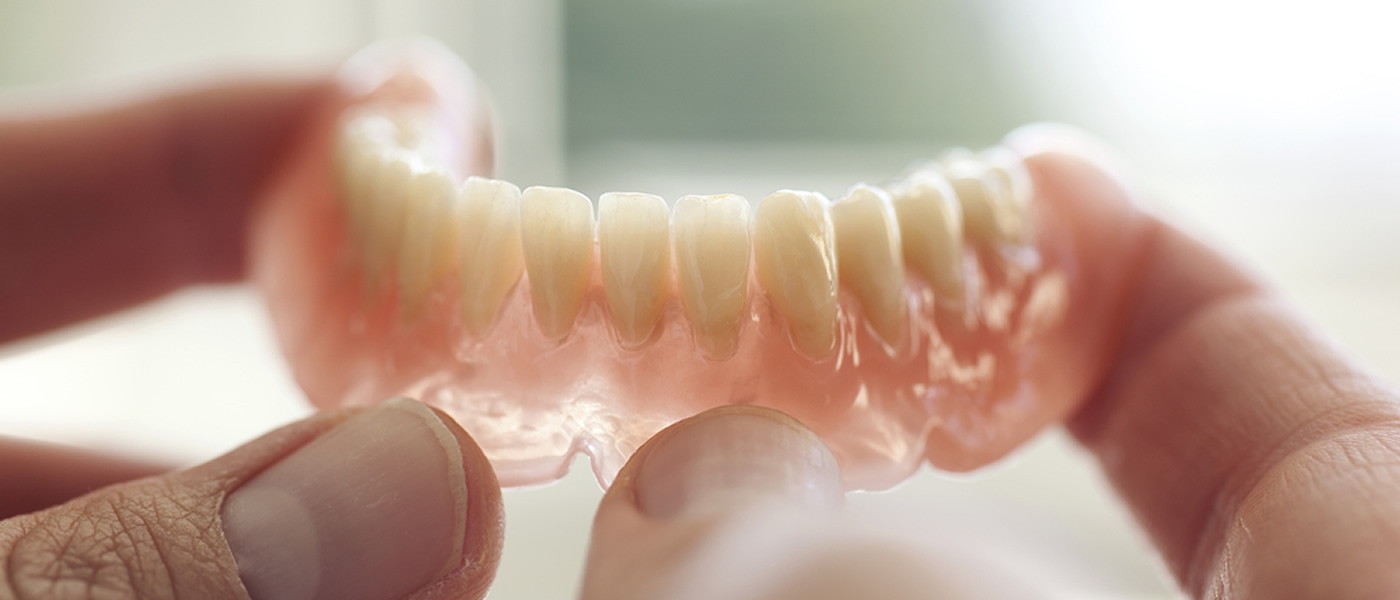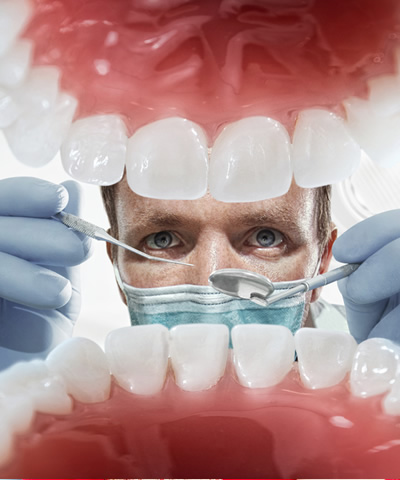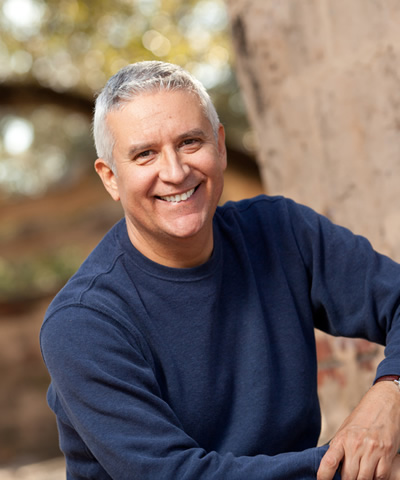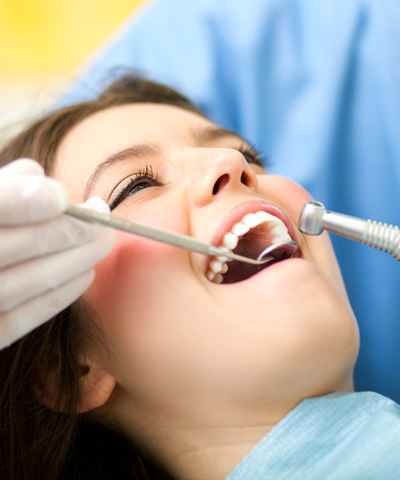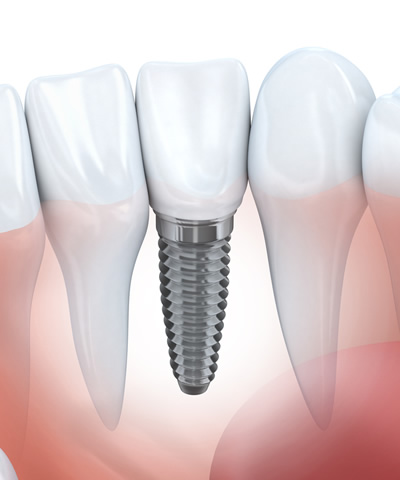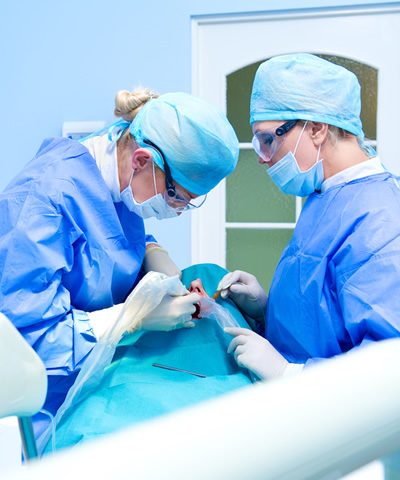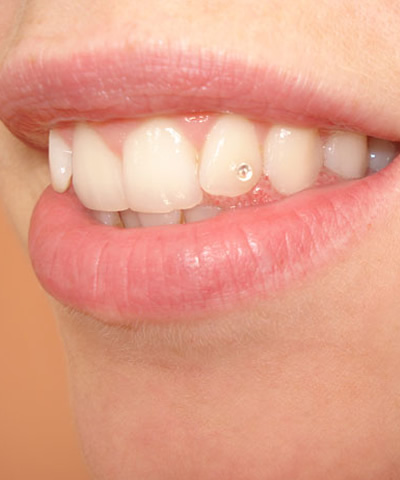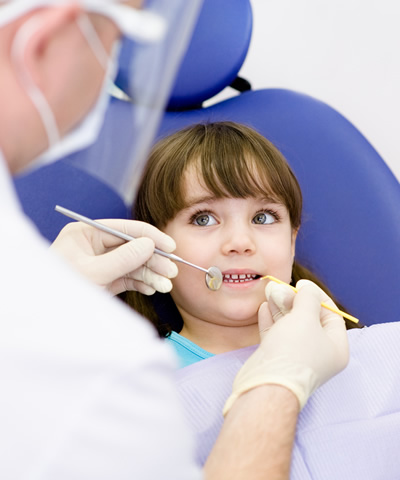Prosthetic dentistry
//(Magyar) Kivehető fogpótlás
A denture is removable if it is attached to the remaining teeth and the bone base of the mucous membrane so that the patient can unfasten it. Such a denture can be partial or complete depending on the number and quality of the remaining teeth.
At Dental Harway, we prepare complete removable dentures for toothless mouths. The anatomy of the upper jaw bone, along with the suction effect of the palate, present good conditions for the stabilisation of the denture. This is not the case with regard to lower dentures. Preparation of stable lower dentures often presents difficulties due to the unfavourable conditions of the mouth’s anatomy. But there is a solution.
Our dental surgery recommends the MDI (mini dental implant) system. The basis of this system is a tiny (1.8mm-diameter) implant made out of titanium alloy which functions as the root of the tooth. An O-ring fastener attached to the denture’s base veneer is also part of the system. The head of the implant is ball-shaped. The fastener works like a thimble-case. Once the denture is put in place, the retentive ball clicks into the O-ring to secure the denture’s fastening. The denture leans on the patient’s mucous membrane; though the fasteners allow some vertical motion, they prevent uplifting. If we want to increase the stability of removable dentures, this minimally invasive technique is a reasonable solution; it is affordable and guarantees patient satisfaction.
Partial denture is recommended when there are still teeth in the mouth. Such a denture is quite stable and made of metal and plastic. Its advantage lies in the smaller base veneer and thinness which allow the patient to adjust to it sooner; the sense of taste is less influenced. The denture is attached to the remaining teeth by snaps, precision-mechanical fasteners or telescopic systems. When there are too few teeth remaining in the mouth and there is no way of preparing a totally stabilised bridge, a combined denture is recommended. Such a denture consists of both a fixed and a removable part.
Precision-mechanical fasteners, for example, slides and stay-rod anchors, are very precise structures partly attached to a fixed denture. These fit into each other perfectly, fasten reliably and are more aesthetic since they are invisible when the mouth is open.
Telescopic systems enhance the reliability of the attachment. In dentistry, they are often used in order to achieve greater stability of removable dentures. A precondition of their preparation is the given number of healthy remaining teeth. Telescopic systems consist of two parts. The primary element is cemented on the abraded remnant tooth. The secondary element, the precise negative impression of the primary crown, is situated in the removable denture. The primary and secondary elements closely fit into each other. Stability is provided by the friction of the opposite crown walls.

